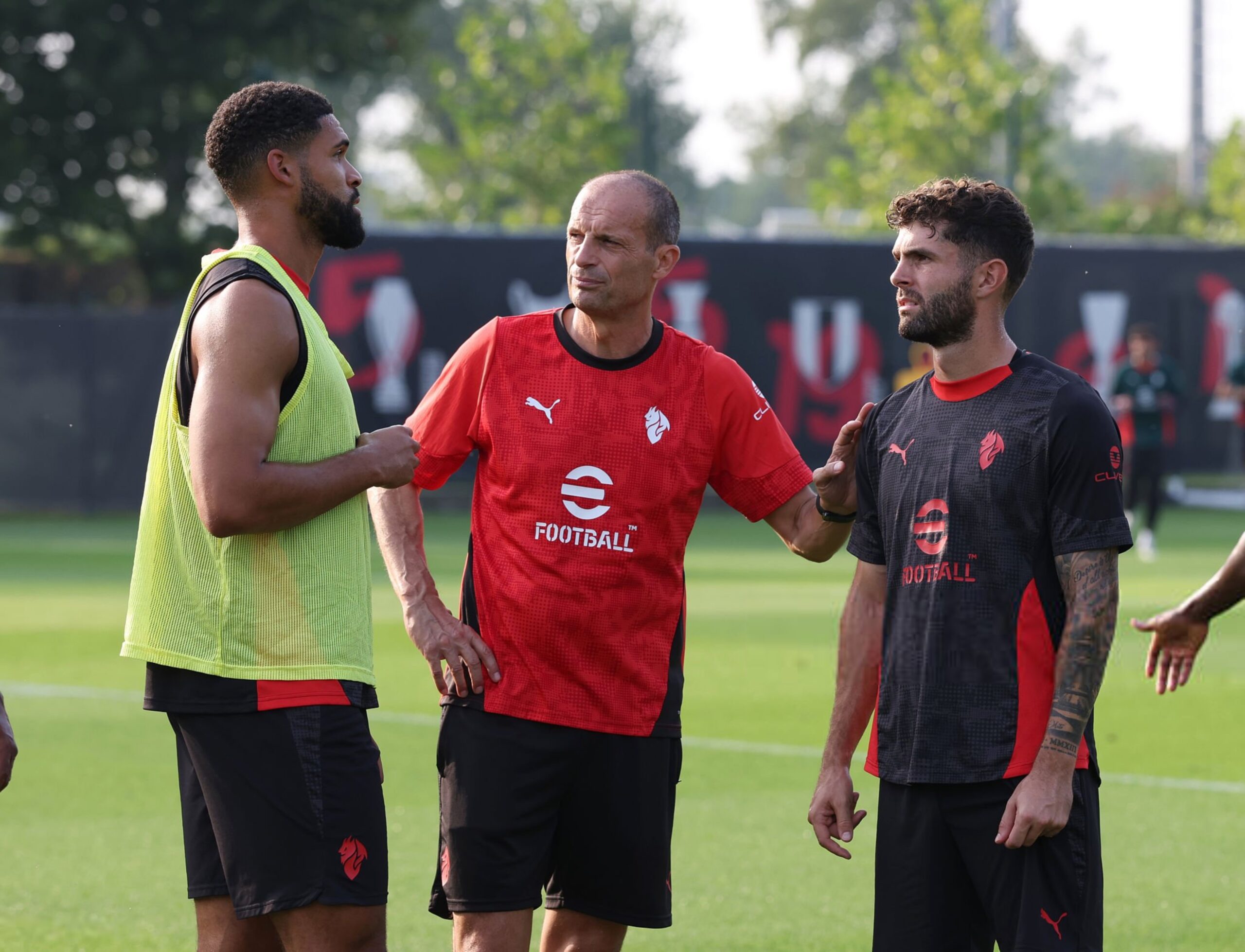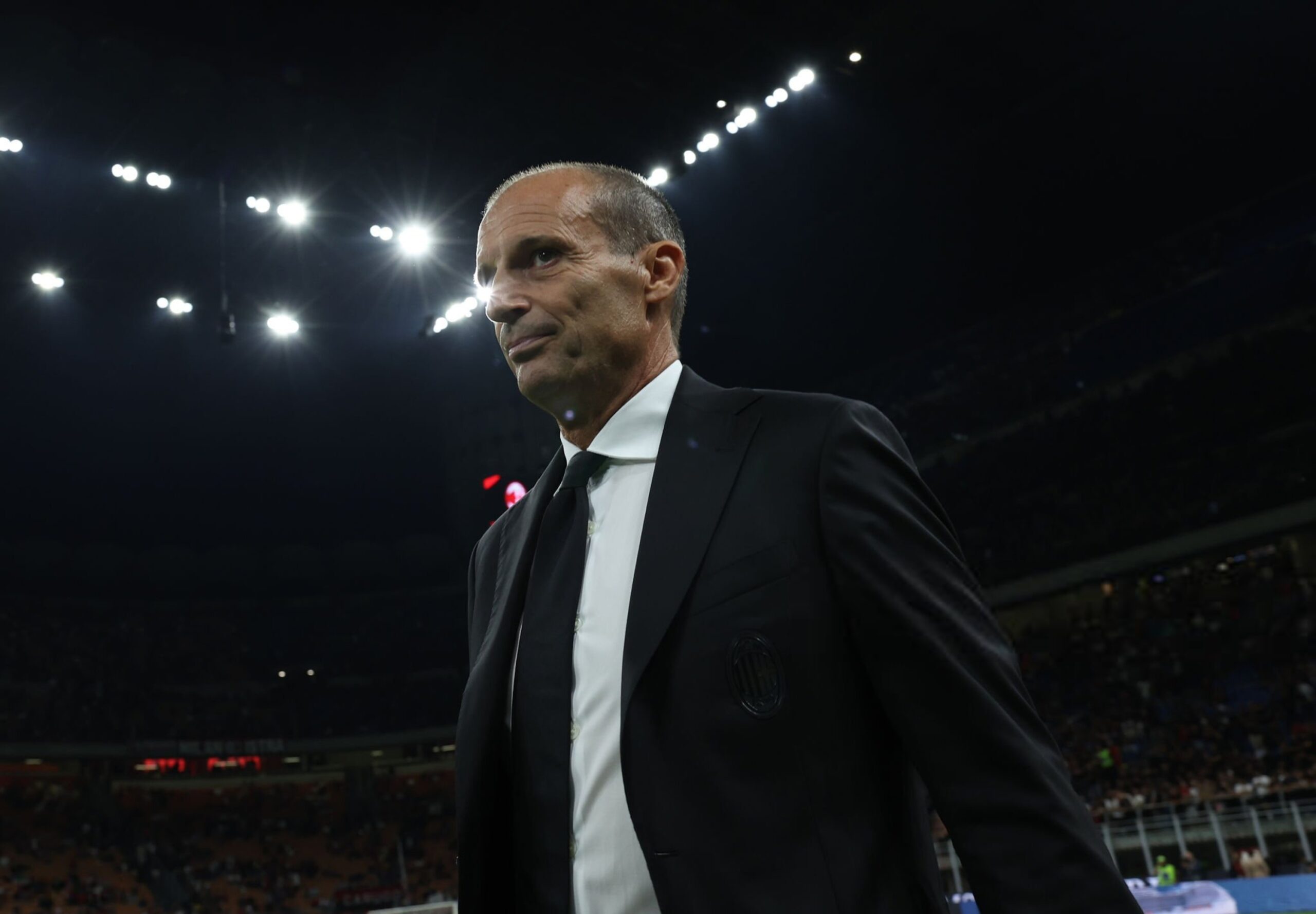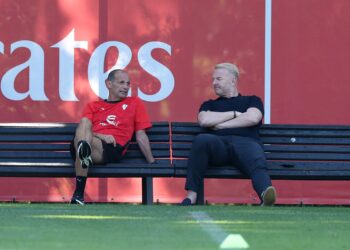Allegri’s Milan is a coach taking a quiet revenge.
After years of labels, the “primitive” coach, the “short-snouted” manager, the guardian of defensive football, his Milan seems to want to prove them wrong. Or at least, it is timidly trying. The last win against Bologna (1–0) highlighted a different dimension, a project slowly taking shape that relies mainly on individual quality.
The introduction of Pulisic gave new energy, as did Rabiot’s contribution. The key point is different: Allegri finally has the players he believes allow him to implement a more attacking style, less tied to scrappy results.
By the way, when fans check Barcelona news now, the focus is injuries, lineups, or the fact that which star is in form. But, you can tell that there are parallels with Milan are clear. You can see similar tactical adjustments. Player form shapes results on both sides. Both clubs show how structure and key individuals define performance. But at Milan, Allegri now relies more on the compactness of the team rather than key individuals.
For bettors looking to compare across leagues,however, FootyStats’ offside stats provide detailed breakdowns of team and player data, making it easier to track patterns before placing bets.
Allegri’s evolution as coach: from pragmatic coach to orchestrator of attractive football:
The narrative around Allegri in recent years comes from his second spell at Juventus, where attractive football rarely had space. That Allegri adapted to the raw materials: a short squad, players with specific traits, a context where solidity mattered more than spectacle.

Yet Allegri’s career shows otherwise. At Cagliari, Sassuolo, his first Milan, and his first Juventus, he created teams capable of aggressive, aesthetic, engaging football. It was not a philosophy, it was pure pragmatism. Now, with a Milan built with greater focus on technical quality, he has a chance to return to that model.
Allegri's Milan: the importance of key players:
The Rossoneri project revolves around managing its talents. One uncertainty is age and fitness of stars like Modric: can they sustain an entire season at this pace? The answer is still pending. Meanwhile, Milan shows a clear path and a defined horizon.
On the pitch, the team wants to pass, create, and take initiative. If Allegri balances aesthetics and efficiency, Milan can become very different from its stereotype.
A challenge beyond just results:
The question is inevitable: will this be enough to go all the way? Italy knows Allegri as a coach who delivers results, often against the odds. This time, the added value is giving Milan an identity that combines substance and beauty.
In a competitive league, with strong rivals and Europe demanding consistency, the test will be harsh. If Allegri proves that behind pragmatism there is a solid and modern football idea, he will no longer be “short-snouted.” He will be a coach able to reinvent himself and restore Milan to a long-missing dimension.
The jacket bothers him; he prefers going out in armor. Allegri has changed Milan, and the positive side of that change is defensive solidity. The third league game, the first against a strong opponent, confirmed it is hard to shoot at Milan, not just score. Last year’s team started poorly defensively. By matchday three, Fonseca had conceded 53 shots, opponents averaging 1.79 XG per game. Impossible to win like that.
Those numbers changed: this season, opponents have only 16 shots on Milan’s goal and XG is 0.23 per game. One-third of shots and one-eighth of danger compared to 2024.
What happened:
Defensive solidity is alpha and omega for Allegri: everything starts and ends there. Milan now plays with three center-backs, defends with two lines of four, and uses only one pure striker. The mechanisms are not perfect but work: Rabiot spreads to cover as a fourth midfielder, Saelemaekers works double on the right, Gimenez helps without the ball. Collective focus has changed. Milan is present and avoids individual mistakes: against Cremonese there were costly lapses, against Lecce only minor threats, against Bologna everything went well.
The best in Europe:
Milan is the best defensive team in Europe at the start of this season. Opponent quality affects numbers but the trend is clear. Among the five major leagues, Premier, Liga, Serie A, Bundesliga, Ligue 1, 98 teams play, and 97 are far behind. The second team in shots allowed is St. Pauli with 23. Roma and Barcelona are at 25, Newcastle at 26. Milan at 16 stands out.
With expected goals, the comparison is more striking. Milan concedes 0.23 XG per game, Nantes second at 0.46, Athletic Bilbao third at 0.50. Newcastle and Bayern slightly higher. Any other team in Europe allows at least double the chances compared to Allegri’s Milan. Maignan and Terracciano, keep this up, unemployment benefits are safe.
















